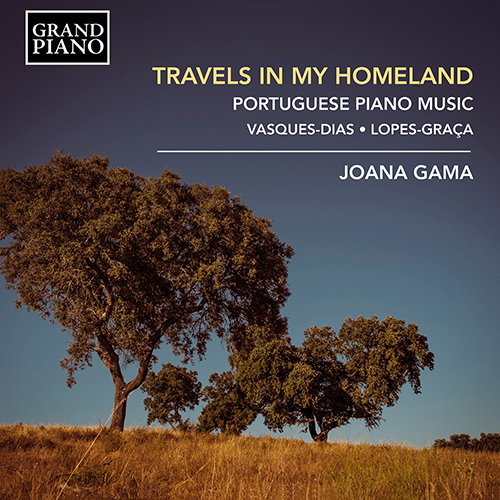
About this Release
“One of my favourite works is Années de Pèlerinage, by Franz Liszt, in which the pieces relate to paintings, sculptures, poems or legends. I realise now that one of the things that has moved me since I was a child is the possibility to access other forms of art and life through music. For this reason, I decided to research the works Viagens na Minha Terra, by Lopes-Graça, and Lume de chão, by Vasques-Dias, for my PhD. This recording with Grand Piano provides the possibility to present two very personal perspectives on Portuguese culture, sharing its traditional and emotional particularities through the piano.” — Joana Gama
TRAVELS IN MY HOMELAND: PORTUGUESE PIANO MUSIC
Lopes-Graça • Vasques-Dias
- Joana Gama, piano
Fernando Lopes-Graça and Amílcar Vasques-Dias are linked in their musical reflections on Portuguese identity, but at widely differing points in that country’s history. Lopes-Graça transformed traditional songs into poetic and hard-edged statements, helping to create a ‘national collective spirit’ that would not be bowed by dictatorship. Vasques-Dias’s approach to folk culture is based on more personal feelings and emotions, recalling the countryside of his childhood and its landscapes today.
Tracklist
|
Vasques-Dias, Amílcar
|
|
Lume de Chão, "Tecido de Memórias e Afectos" (Made Up of Memories and Affections) (2004) (00:30:00 )
|
|
1
I. Acender o lume (Light the fire) (00:01:44)
|
|
2
II. Eira do Outeiro (Threshing floor of Outeiro) (00:01:29)
|
|
3
III. Azinheira de silêncio (Holm oak of silence) (00:04:34)
|
|
4
IV. Espadelar (Scutching) (00:01:23)
|
|
5
V. Assedar (Heckling) (00:02:16)
|
|
6
VI. Fiar (Spinning) (00:01:29)
|
|
7
VII. Linho (Linen) (00:02:45)
|
|
8
VIII. Tear-Tecer (Loom-Weaving) (00:01:43)
|
|
9
IX. Ao lume (By the fire) (00:03:09)
|
|
10
X. Acácia de ninhos (Acacia of nests) (00:01:28)
|
|
11
XI. Alçapão (Trapdoor) (00:02:10)
|
|
12
XII. Cerejas-pão (Cherries-Bread) (00:02:03)
|
|
13
XIII. Sobreiro (Cork oak) (00:02:46)
|
|
Lopes-Graça, Fernando
|
|
Viagens na Minha Terra (Travels in my Homeland) (1954) (00:35:00 )
|
|
14
I. Procissão de Penitência em São Gens de Calvos (Penitence Procession in São Gens de Calvos) (00:02:45)
|
|
15
II. Na Romaria do Senhor da Serra de Semide (In the Pilgrimage of Senhor da Serra in Semide) (00:01:19)
|
|
16
III. Noutros tempos, a Figueira da Foz dançava o Lundum (In the olden days, Figueira da Foz danced the Lundum) (00:01:58)
|
|
17
IV. Um Natal no Ribatejo (A Christmas in Ribatejo) (00:02:08)
|
|
18
V. Em Alcobaça, dançando um velho Fandango (In Alcobaça, dancing an old fandango) (00:01:43)
|
|
19
VI. Em Ourique do Alentejo, durante o São João (In Ourique do Alentejo, during the St. John Festivities) (00:02:45)
|
|
20
VII. Acampando no Marão (Camping in the Marão) (00:01:08)
|
|
21
VIII. Em São Miguel d'Acha, durante as trovoadas, mulheres e homens cantam o bendito (In São Miguel d'Acha, during the storms, women and men sing the Bendito) (00:01:55)
|
|
22
IX. Em terras do Douro (In the Douro valley) (00:01:05)
|
|
23
X. Nas faldas da Serra da Estrela (At the foot of Serra da Estrela) (00:01:41)
|
|
24
XI. Em Silves, já não há moiras encantadas (In Silves, there are no more enchanted moorish maidens) (00:01:03)
|
|
25
XII. Cantando os Reis em Rezende (Singing the Reis in Rezende) (00:02:04)
|
|
26
XIII. Em Pegarinhos, uma velhinha canta uma antiga canção de roca (In Pegarinhos, an old woman sings an ancient spinning song) (00:01:13)
|
|
27
XIV. Na Citânia de Briteiros (In Citânia de Briteiros) (00:02:32)
|
|
28
XV. Em Monsanto da Beira, apanhando a margaça (In Monsanto da Beira, gathering the margaça) (00:01:20)
|
|
29
XVI. Na Ria de Aveiro (On the Aveiro Estuary) (00:01:56)
|
|
30
XVII. Em Setúbal, comendo a bela laranja (In Setúbal, eating the lovely orange) (00:02:00)
|
|
31
XVIII. Em Vinhais, escutando um velho romance (In Vinhais, listening to an old romance) (00:01:46)
|
|
32
XIX. Os adufes troam na romaria da Senhora da Póvoa de Val-de-Lobo (The adufes rumble at the pilgrimage of Senhora da Póvoa of Val-de-Lobo) (00:01:33)
|
The Artist(s)
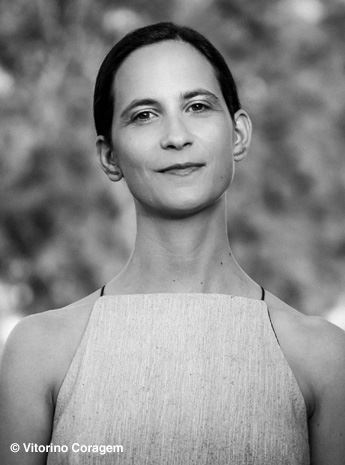 Joana Gama is a Portuguese pianist who has participated in multiple projects, both as a soloist and within collaborations, not only in classical music, but also in the fields of cinema, dance, theatre, and experimental music. Recent projects have been released on labels such as Room40, mpmp, Shhpuma and Pianola, garnering critical acclaim.
Joana Gama is a Portuguese pianist who has participated in multiple projects, both as a soloist and within collaborations, not only in classical music, but also in the fields of cinema, dance, theatre, and experimental music. Recent projects have been released on labels such as Room40, mpmp, Shhpuma and Pianola, garnering critical acclaim. The Composer(s)
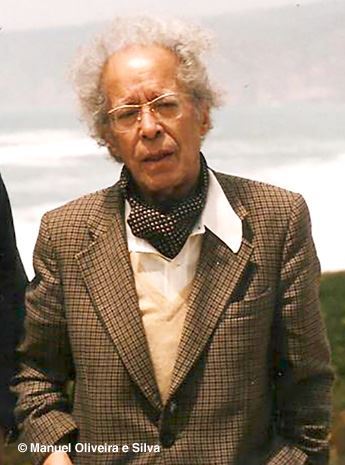 Fernando Lopes Graça was one of the most prolific Portuguese composers of the twentieth century, with compositions encompassing a wide range of genres. The most relevant aspect of his musical style is, however, his endeavour to use Portuguese folk-music as a medium to forge his personal style, very much like Béla Bartók, although some of his works are very cosmopolitan in style and approach. As a pianist Lopes-Graça regularly accompanied singers in performances of his own works for voice and piano, and as a conductor he dedicated a great deal of his time to conducting the chorus from the Academia de Amadores de Música in Lisbon, for which he arranged a great deal of Portuguese folk-songs. All his works are characterized by a high degree of technical perfection.
Fernando Lopes Graça was one of the most prolific Portuguese composers of the twentieth century, with compositions encompassing a wide range of genres. The most relevant aspect of his musical style is, however, his endeavour to use Portuguese folk-music as a medium to forge his personal style, very much like Béla Bartók, although some of his works are very cosmopolitan in style and approach. As a pianist Lopes-Graça regularly accompanied singers in performances of his own works for voice and piano, and as a conductor he dedicated a great deal of his time to conducting the chorus from the Academia de Amadores de Música in Lisbon, for which he arranged a great deal of Portuguese folk-songs. All his works are characterized by a high degree of technical perfection. 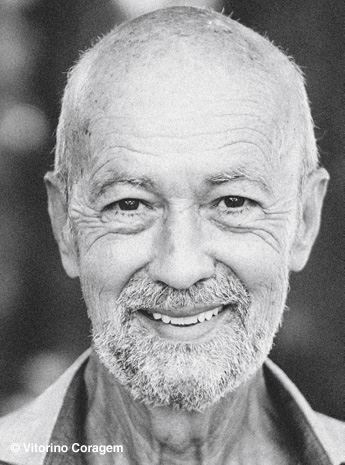 Vasques-Dias’s approach to folk culture is based on the subjectivity of feelings and emotions. The starting point of his work Lume de chão (‘Fireplace’) is the heat given off from the traditional fireplaces of two distant regions of Portugal: the lume de chão of the Alentejo, in the south, and the lareira of the Minho, in the north (the same word is used in the northern Spanish regions of Galicia and Asturias).
Vasques-Dias’s approach to folk culture is based on the subjectivity of feelings and emotions. The starting point of his work Lume de chão (‘Fireplace’) is the heat given off from the traditional fireplaces of two distant regions of Portugal: the lume de chão of the Alentejo, in the south, and the lareira of the Minho, in the north (the same word is used in the northern Spanish regions of Galicia and Asturias). 
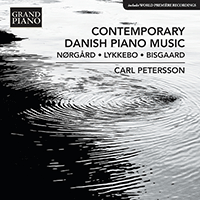

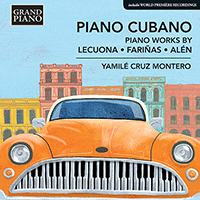
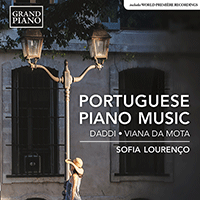

 Grand Piano has gained a reputation for producing high quality recordings of rare keyboard gems. Dedicated to the exploration of undiscovered piano repertoire, the label specialises in complete cycles of piano works by many lesser-known composers, whose output might otherwise have remained unknown and unrecorded.
Grand Piano has gained a reputation for producing high quality recordings of rare keyboard gems. Dedicated to the exploration of undiscovered piano repertoire, the label specialises in complete cycles of piano works by many lesser-known composers, whose output might otherwise have remained unknown and unrecorded.






